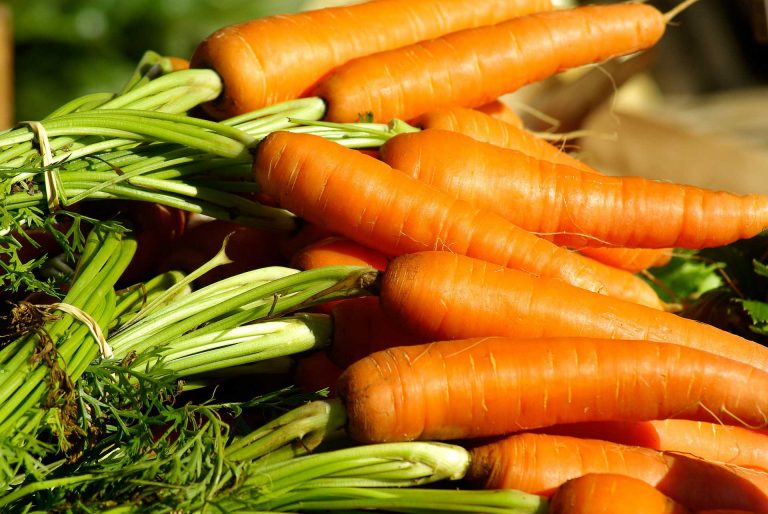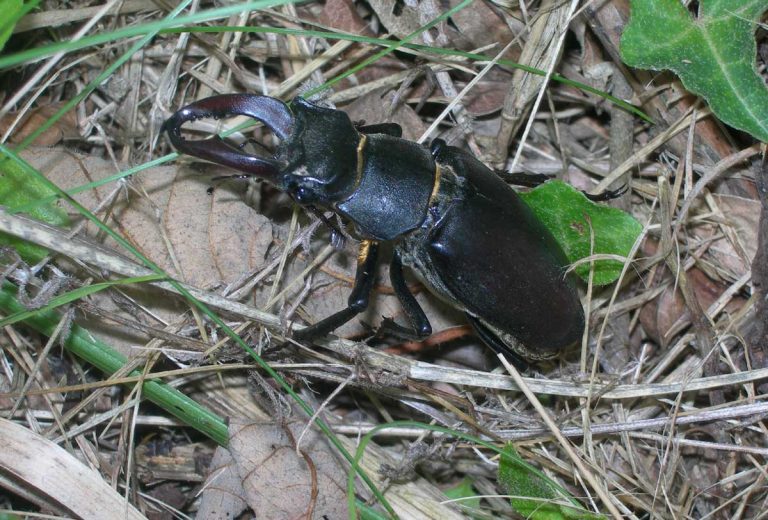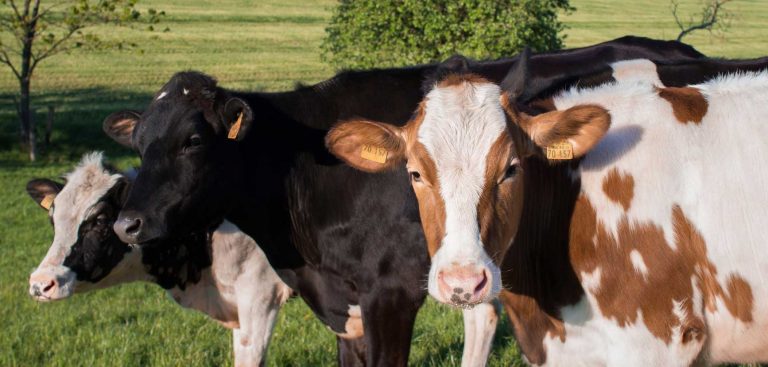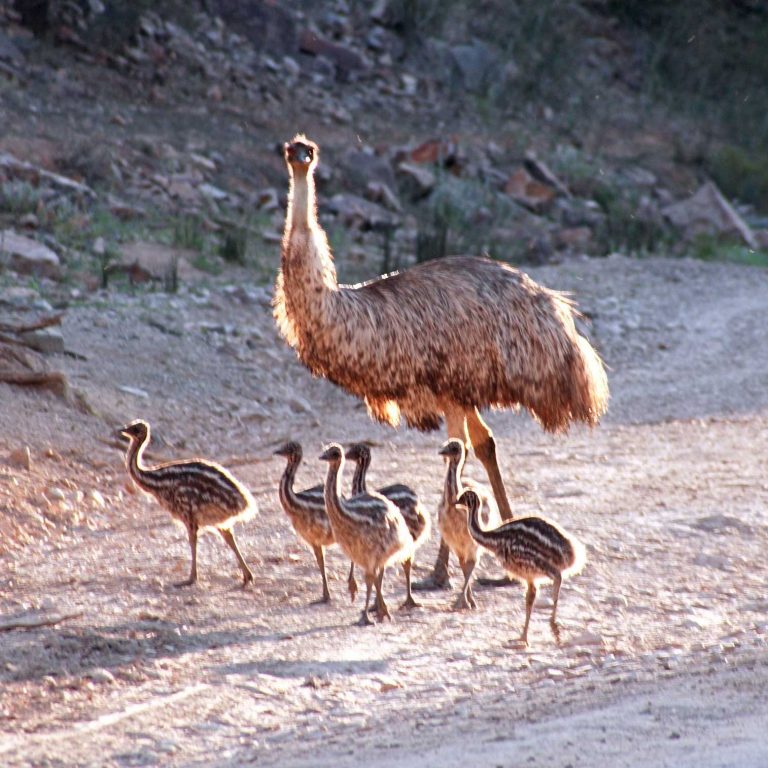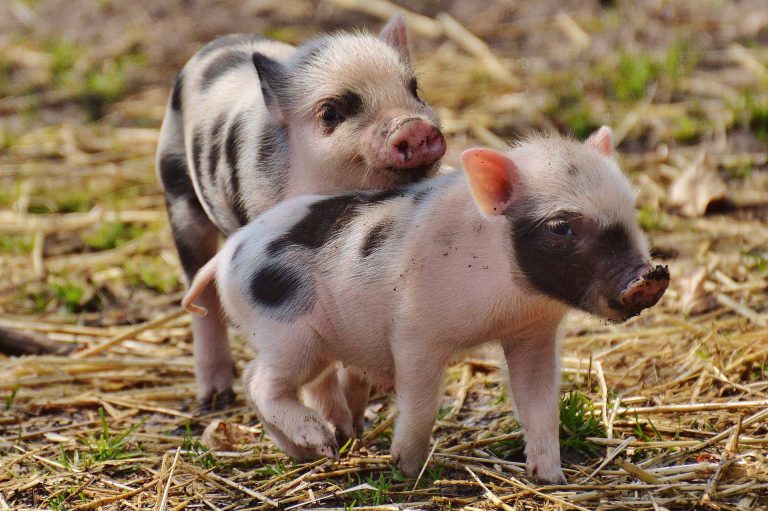Goose
Anser Cygnoides or Anser Anser Domesticus, also known as Swan geese or Greylay geese respectively, are domesticated geese raised for eggs, meat, and feathers for ages in history. These domesticated species are the offspring of wild geese. Other than providing meat and eggs, the geese were domesticated in the olden days, because it was considered as intelligent and charming backyard pet, weed-controlling agent, and effective “land mover”.
Description
Domestic Graylag Geese possess brighter and larger bills, compared to their wild counterparts. The Swan Geese have more black shaded bills, and also have a swollen knob near the tip of the bill. The back part of domestic geese stands upright, and is large, when compared to the wild ones. Due to this upright posture, it lacks the ability to fly properly.
Reproduction
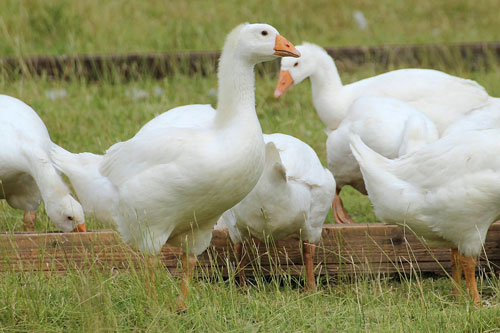
Like the other birds, Domestic Geese also indulge in courtship rituals before mating. Before the process of mating, they usually prefer a dust bath or preen themselves. The male will stretch, flap, and spread its wings, and also exhibit an aggressive pecking towards its mate. Then the male goose mounts over the female to copulate. In a breeding season, the geese pair may copulate for more than five times in a single day. The eggs take around 29 to 35 days to incubate. This poultry bird possesses less maternal quality, and hence the farmers are sometimes forced to keep the eggs under chicken or ducks to incubate.
Habitat
Geese are very popular domestic poultry, just like chicken or duck. It can be found in all parts of the United States. It is about 0.2 percentage of the total poultry population in the world.
Goose Breeds- Light, Medium, Heavy
You have several types of geese and, broadly, you can divide them into the light, medium and heavy categories.
The light Chinese goose that originated from the Asiatic Swan Goose is a very noisy bird and is considered the best guard goose, and is said to lay about 80 eggs annually.
Emden is a white, large and resilient and heavy 35 pound goose with origins in Germany, making them ideal for the table. In a year, you can also expect them to lay about 25 eggs. Their protective nature may be a deterrent against small pets or children.
Then, you have the light weight Roman Tufted and Roman geese that are pure white, and ideal for beginners because of their docile attitude and the fact that they breed easily, laying about 30-60 eggs with one gander breeding about five geese.
One must mention here about the breeds that auto sex, for example the “West of England” and the “Pilgrim”. These are the results of the breeding efforts of small farmers and produce a lot of meat. You also have the large table bird, the American Buff that gains weight with grazing.
Most commercial geese are white, producing in a season, up to 50-60 eggs. Remember however, that these cannot be categorized as pure breeds.
Farming
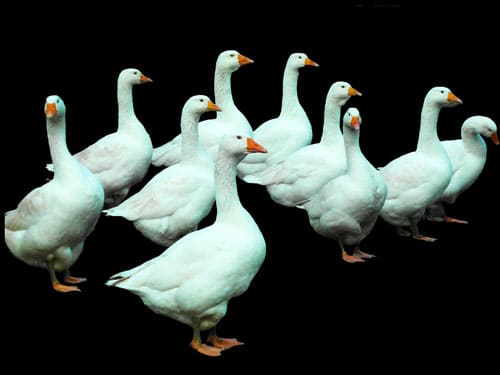
Geese are considered as the easiest and the cheapest bird to grow, compared to the other poultry birds. The increasing demand for its meat and eggs has made the farming of geese more attractive, especially for the job seekers. These birds are very hardy, and hence, are very rarely prone to any diseases. After they grow about two weeks, the only requirement for their well being and health is grass and plenty of water. Just with this minimum provision, it gains around 1 pound every week until they turn 12 weeks old. At this stage, the geese that are popularly known as “green geese” can be used as a meat for culinary purpose. It does not require any fancy housing, instead a simple shed where they can be protected from predators and severe winter is enough. To hold them in a secure place, a simple fencing of 36 inches or a low wall is enough. The simple food and housing requirements help to effectively reduce the cost of farming, thereby providing a good return of profit.
Goose farming is a common phenomenon all over the United States of America, the most popular breeds being the Toulouse and the Emden, apart from the white Chinese and the African breeds, as well. Whiles electing the breeds, their diverse characteristics and suitability for local farming must be taken into consideration. Egg production and good reproducing abilities will go a long way for an effective breeding effort. The carcass weight and meat production assume importance if you are rearing goslings for the market.
Gosling Brooding
A small area in a barn or garage or a small building are more than sufficient to rear a small number of goslings. You will, however, have to ensure to cover the floor area with absorbent material, like wood shavings, straw or peat moss. and provide good ventilation and lighting. Regular cleaning and removal of wet spots will keep the mold away.. For a small flock of about 25 goslings, a decent heat lamp will be a welcome addition.
When under a brooder or under a hen, you start feeding and provide drinking water with the help of waterters. You should, however, make sure that the waterers will not allow the goslings to fall inside and catch a chill. The opening of the waterer must be restricted to allow the goslings only to immerse their beak or heads in it. Alternatively, you can use troughs or containers with wire protection.
Feed goslings with pelted or crumbled chick starter by placing them initially on rough surfaces and make sure the feed is available at all times. You can change over to cracked grain feed after about 2 to 3 weeks.
Farm geese reach the festive season market when they are about 6 months old and weigh around 10-15 pounds, which again depends on the breed.
As Food
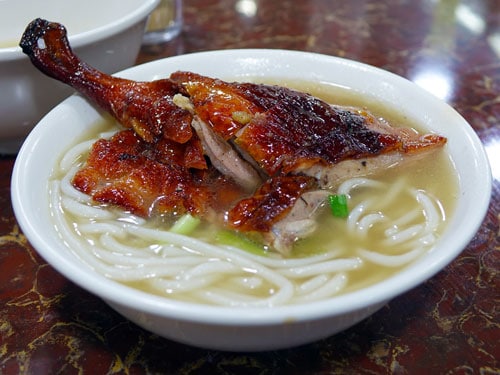
Geese meat is famous since ancient times in Asian and European countries. The meat is fatty and dark, but not as much as the meat of a duck. While purchasing, a goose may weigh up to 8 kilograms, but as it contains more fat, it will melt, and may reduce the weight. Hence, for each person, more poundage should be considered, while using this meat than the other poultry meat. It is always available in a whole form in the shops, and are rarely sold in sliced form.

Having discovered a fondness for insects while pursuing her degree in Biology, Randi Jones was quite bugged to know that people usually dismissed these little creatures as “creepy-crawlies”.


